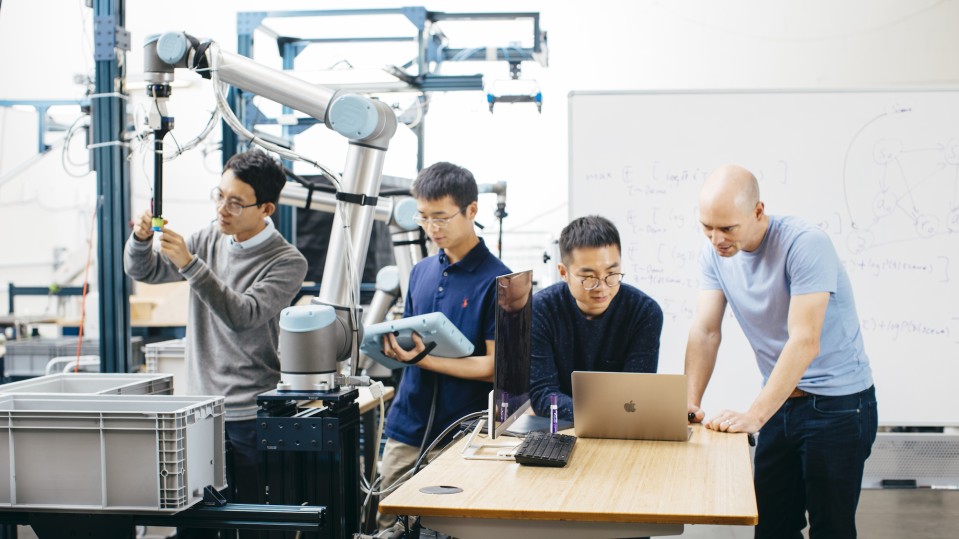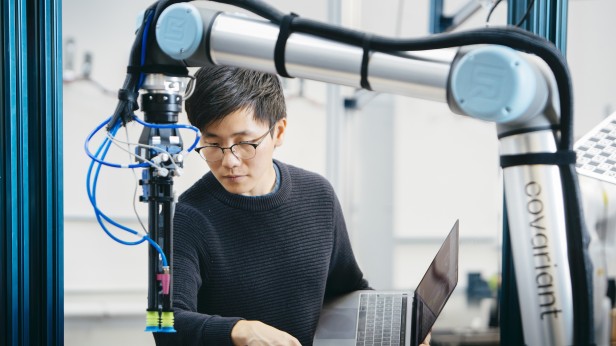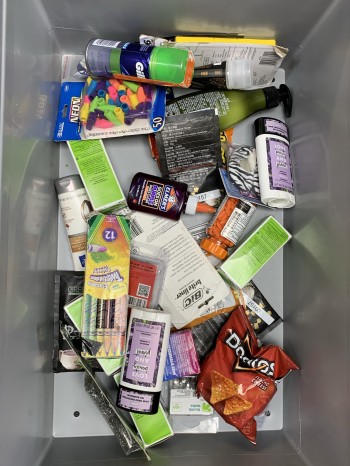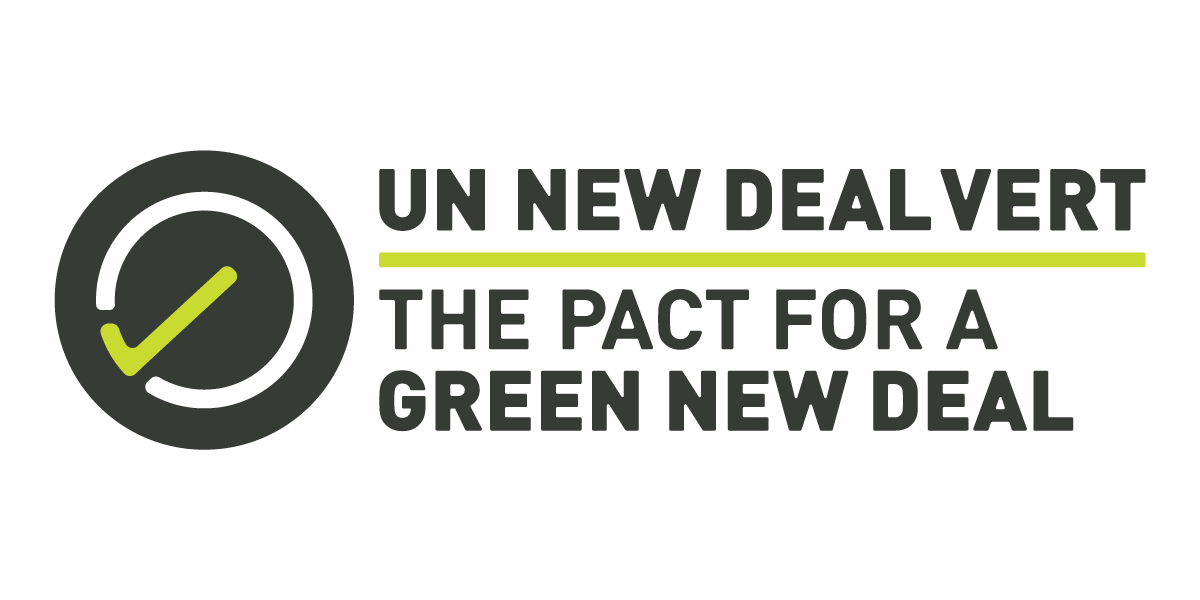
ARTWORK: Thomas Jackson, Party Streamers no. 2, Tumey Hills, California, 2015. Courtesy of Ellen Miller Gallery.
Many of us care about the climate, but it can be challenging to talk about. It’s easy to get bogged down in stats and statistics, for one. And it can be nerve-racking to approach someone if you don’t already know what their beliefs on the topic are. Sometimes, it’s easier to just keep our mouths shut.
Given the urgency of the climate crisis, however, many of us feel that silence is no longer an option. And Dr. Katharine Hayhoe, a climate scientist at Texas Tech University, is the person to talk to about how to talk about climate change. Hayhoe, whose 2018 TEDWomen talk on the subject has been viewed almost 2 million times, talks to everyone about the topic: Uber drivers, church ladies, Rotary Club members, business leaders, managers, elected officials, and more. People may have different backgrounds and views, but she’s found a strategy that works: focusing on the heart — that is, what we collectively value — as opposed to the head.
So no matter your conversational goal, whether it’s encouraging your company to act on climate issues or getting your employees to understand how the decisions they make affect your company’s climate goals, this edited interview with Dr. Hayhoe is a great place to start.
What should any leader take into consideration when talking to people — employees, clients, suppliers, etc. — about climate change?
Ultimately, whether you’re training a new employee, reviewing best practices with a supplier, or just having a conversation about climate change with a client, follow this rule of thumb: Don’t start with fear, judgment, condemnation, or guilt. And don’t start with just overwhelming people with facts and figures. Do start by connecting the dots to what is already important to both of us, and then offer positive, beneficial, and practical solutions that we can engage in.
Why have you found that this method works best? And how does it lead people toward understanding the urgency of climate change and taking action?
Often we believe that to care about climate change we have to be a certain type of person: an environmentalist, someone who bikes to work, or is a vegan. And if we’re not any of those things, then we think, “Why should climate change matter to me?” But the reality is that if we are a human living on planet Earth, then climate change already matters to every single one of us; we just haven’t realized it yet. Why? Because climate change affects the economy, the availability of natural resources, prices, jobs, international competition, and more. Failing to account for climate change in future long-range planning could lose us a competitive edge even in a best-case scenario, and potentially mean the end of a product line or an entire business in the worst case. By connecting climate impacts to what we already care about, we can recognize the importance and urgency of taking action.
So if I’m a leader, what are some specific ways in which I can communicate with my employees that sustainability is a key part of their jobs?
I would start early. During their initial training, I would explain very clearly how our products, our production, and our waste contributes to the problem of climate change. If our production is very energy intensive or produces a lot of organic waste, for example, that means we may be generating massive amounts of greenhouse gases. If our goods are transported over long distances, that also requires fossil fuels that produce heat-trapping gases. And aside from the issue of climate change, if we produce a lot of non-recyclable waste that just piles up in landfills or the ocean, how much are we contributing to the pollution problem as well?
But I would also be sure to pair this information hand in hand with what we’re doing to fix the problems from our end and how it’s paying off. Give people analogies so it’s really clear, so they can see it. I love giving examples of how many X worth of Y we’ve reduced; for example, something like “Through increasing the energy efficiency of our facilities, we have taken the equivalent of 500 cars off the road. Isn’t that incredible? That’s what we’ve been doing through our efforts.” Or, “We have reduced our waste by 50%. That’s the equivalent of X garbage trucks of waste per year.” Or, “We are now powered by 38 wind turbines; that’s X trainloads of coal we don’t need to use anymore.”
Finally — and this is the most important part! — I’d engage the employees themselves in the solutions. As humans, we want to be part of a solution. We want to make a difference. That is part of what gives us hope and what gives us energy, the idea that we’re actually doing something good for the world.
So, for example, I might say, “We’re aiming for an even better milestone. I want your ideas to help us get to this new milestone, too.” That’s even more incentivizing, when you feel like a company encourages you and supports you and wants you to be part of their plan.
Does this advice extend to people who might not believe that climate change is that severe — or that it exists at all? What might this kind of conversation look like in a professional setting?
Only around 10% of the population is dismissive [of climate change], but they are a very loud 10%. Glance at the comment section of any online article on climate change, check out the responses to my tweets, or search for global warming videos on YouTube — they’re everywhere. They’re even at our Thanksgiving dinner, because just about every one of us has at least one person who is dismissive in the family. I do, too!
A person who is dismissive is someone who has built their identity on rejecting the reality of a changing climate because they believe the solutions represent a direct and immediate threat to all they hold dear. And in pursuit of that goal, they will reject anything: hundreds of scientific studies, thousands of experts, even the evidence of their own eyes. So, no, there is no point talking to a dismissive about climate science or impacts, unless you enjoy banging your head against the wall.
But it can be possible to have a constructive conversation with a dismissive — and I’ve had these! — by focusing solely on solutions that they don’t see as a threat because they carry positive benefits and/or are good for their bottom line. And the fascinating thing is that once they are engaged in helping fix the problem, that very action can have the power to change a dismissive person’s mind.
I want to end by asking about the importance of climate conversation over the next few years. I’ve heard anecdotally that companies are hearing more questions from younger job candidates or employees: “What are you doing? How are you addressing climate change as a company?” Does that resonate with you at all? Should companies be preparing for more conversations like these?
We see a very strong age gradient when it comes to levels of concern about climate change primarily among conservative populations, with younger people caring much more and being much more engaged than their elders. (Among more liberal populations, levels of concern are relatively high across all age groups.) At my own school, the number of students going to the president and asking, “What is our university doing?” has increased noticeably. I hear this anecdotally from colleagues all around the country, too. And when those students graduate, that’s what they ask in their interviews, because they want to be part of the solution. Young people understand how urgent the problem is, and they know that there’s no time to waste. A lot of them don’t want to do a job that is not helping to fix this massive problem that we have.
If companies want to be competitive, if they want to hire the best and the brightest, the ones who are most engaged, the ones who are most in tune, the ones who really put their heart and their soul and their passion into their work, then they have to start talking about climate change differently. Because this is increasingly becoming something that young professionals really care about. SOURCE



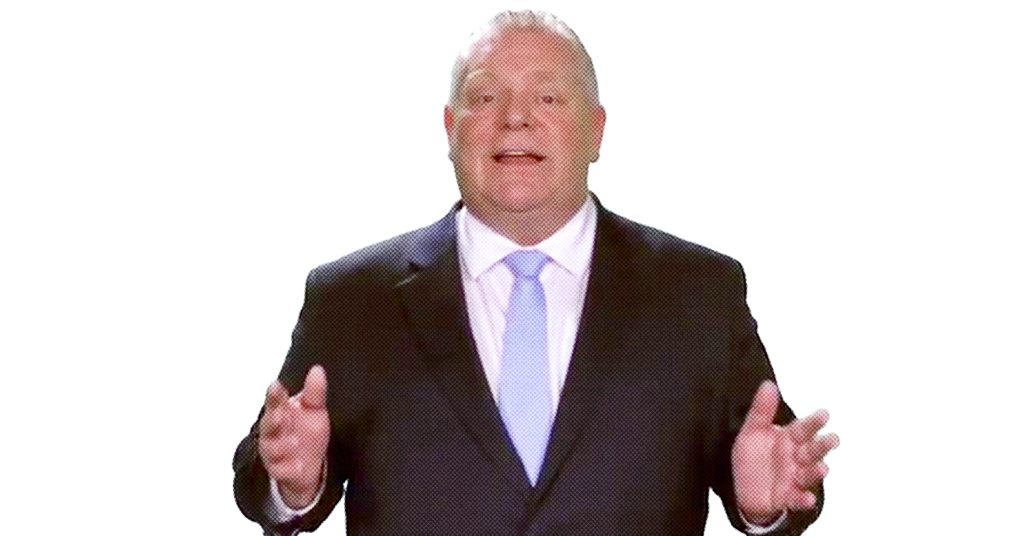









![A demonstrator is detained for sitting in the road at Oxford Circus in London, Friday, April 12,... [+] 2019. Young protestors took to the streets after a government report has revealed that the nation is set to miss its emissions targets.](https://thumbor.forbes.com/thumbor/960x0/https%3A%2F%2Fspecials-images.forbesimg.com%2Fdam%2Fimageserve%2F2458c6f156a4495981bd73b135d52186%2F960x0.jpg%3Ffit%3Dscale)
![Donald Trump says he is imposing new tariffs to "protect American jobs and American workers." Trump... [+] acted to impose new tariffs on imported solar-energy components and large washing machines in a bid to help U.S. manufacturers.](https://thumbor.forbes.com/thumbor/960x0/https%3A%2F%2Fspecials-images.forbesimg.com%2Fdam%2Fimageserve%2Fa250ed5e4feb45c096149eaa706fdd1b%2F960x0.jpg%3Ffit%3Dscale)
